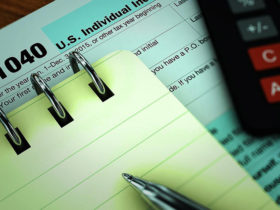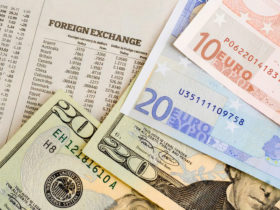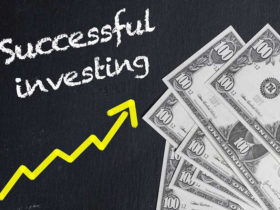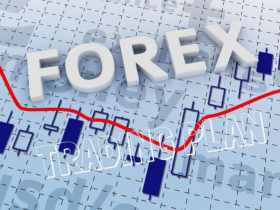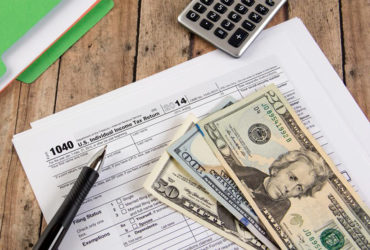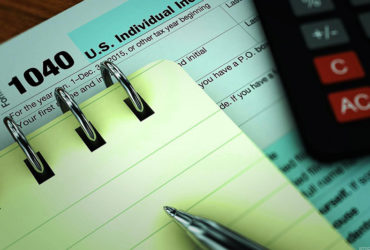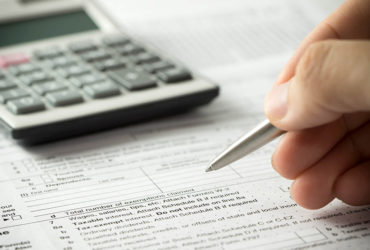If you are a beginning investor that needs to compare tax-free investments, such as government or municipal bonds and the private corporate bonds or money market account yields, you need to know how to calculate after tax yield. The reason for this is quite simple-you might be better off investing in tax-free instruments, even though they have a lower interest rate yield on the surface.
If you are in a higher tax bracket, you have to consider that a portion of your yield will go to pay taxes on the investments that aren’t tax-free. For many investors, this can mean that more than a third of the yield goes to tax payment, but when you learn how to calculate after tax yield, you can make more money without adding to your tax liability. If you are in a 37.5% tax bracket, 8 percent becomes 5 percent on an investment that isn’t a tax-free investment, so the key is to find a tax-free investment that offers a better yield, to make more after tax yield.
The way you can figure out how to calculate after tax yield involves a couple of steps. The first thing you need to calculate is the income tax bracket you are in. The easiest way to do this is use last year’s income tax return and take the income tax you paid and divide it by your total income to get the percentage rate of your tax bracket. If you paid state income tax, you need to add these numbers to your income amount and tax paid amount and then make the division to find your tax bracket.
The next step in learning how to calculate after tax yield involves calculating the yield of the taxable investment. In order to make this calculation, you will take the yield expected and divide it by the price paid for the investment to get a yield percentage. Once you have calculated the pre-tax yield on taxable investments, it is simple to learn how to calculate the after tax yield. You will simply multiply the yield percentage by your tax bracket percentage and this will be the percentage amount that goes to taxes and it must be subtracted from the pre-tax yield, for comparison.
Once you learn how to calculate after tax yield, it is easy to compare yields because you have to consider there are some tax-free investments that offer better opportunities for income, especially for those that are in the higher income tax brackets. In addition, tax-free government and municipal bonds are more secure investments than many private corporate bonds, so there are reasons to consider tax-free investments over taxable investments that amount to more than learning how to calculate after tax yield.
If you are having difficulty understanding how to calculate after tax yield, you may want to talk with your accountant or bookkeeper because this is an important step in making the investments that will offer you the most income, after income tax is considered. There are many investors that don’t understand the advantages that are offered by tax-free government investments, but they are safer investments and there are some that offer more yield.


